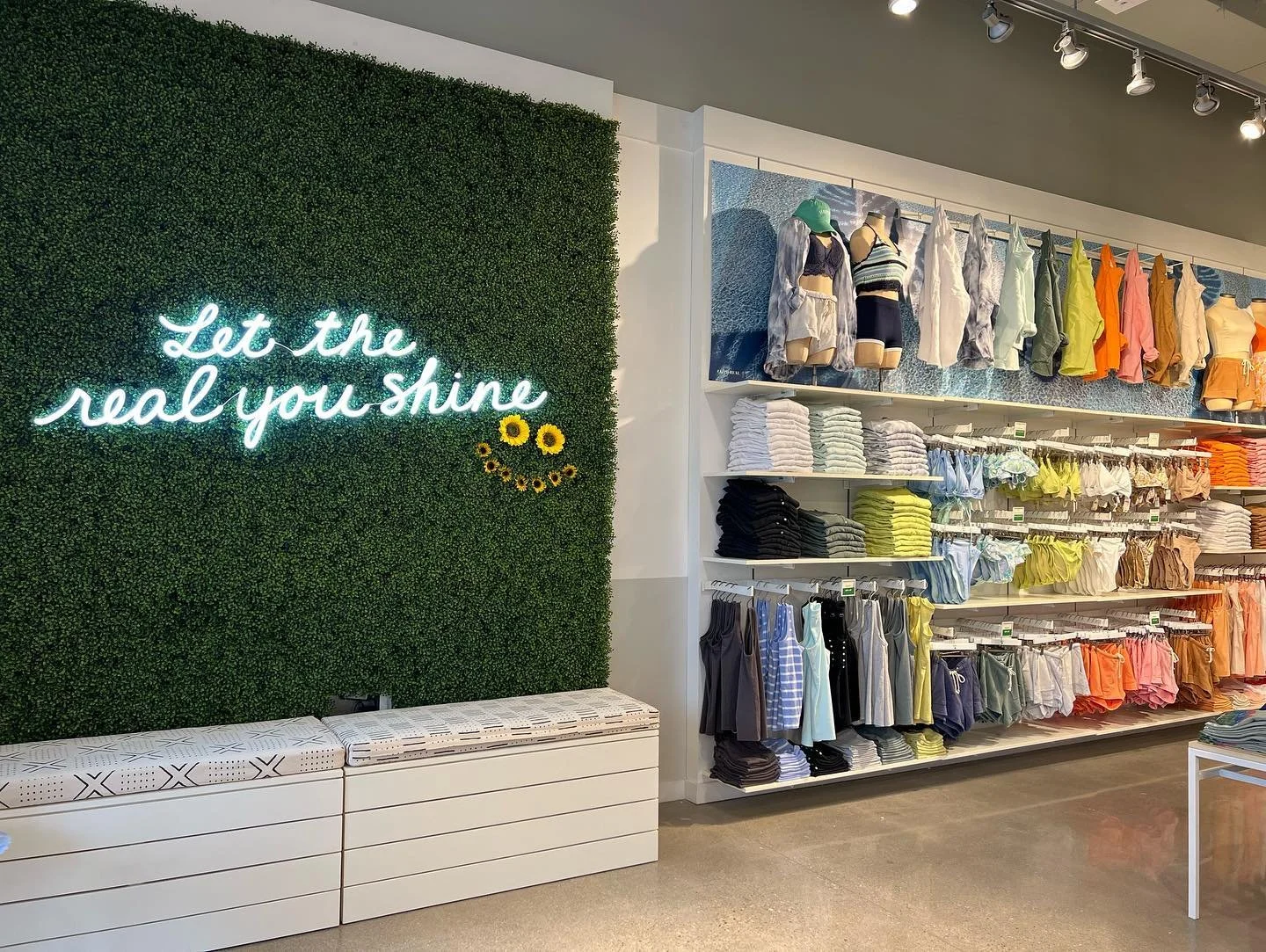Gen Z and the New Rules of Retail Marketing
Cincinnati Simon Premium Outlets in Monroe, OH
Gen Z isn’t just the next wave of consumers, they’re already shaping the future of retail. Numbering more than 70 million in the United States and commanding an estimated $360 billion in buying power, Gen Z represents one of the most influential demographics in today’s marketplace. Their preferences are redefining how brands communicate, connect, and build loyalty.
As the first generation raised entirely in the digital age, Gen Z values authenticity, humor, and connection over polished perfection. They want brands that feel approachable, socially aware, and above all, real. To reach them, brands are moving away from traditional advertising toward community-driven storytelling, interactive content, and even humor-filled online conversations. Retailers, in particular, are finding that connection, not just promotion—is the key to long-term growth.
Here’s how brands are adapting to meet Gen Z where they are.
1. Authenticity Over Perfection
Gen Z can spot inauthentic marketing instantly. They’re drawn to brands that embrace honesty and imperfection, whether that’s showing behind-the-scenes moments, unfiltered product shots, or genuine customer experiences. Brands like Aerie and Glossier have built loyalty by spotlighting real people and body positivity rather than overproduced campaigns. Retailers can do the same by highlighting store teams, sharing customer testimonials, or showing “real life” product use across their social channels.
In today’s market, authenticity isn’t a trend, it’s the standard.
2. From Audiences to Communities
This generation doesn’t want to be sold to, they want to belong. Brands are focusing on community-building, fostering two-way communication, and giving customers a voice. Nike connects through purpose-driven storytelling around inclusivity and empowerment, while Fenty Beauty has turned product diversity into a movement by celebrating individuality. For retail, this could mean creating digital communities where customers share style inspiration, product feedback, or even collaborate on limited-edition drops.
3. The Power of Humor and Meme Marketing
Humor is one of the most effective ways to connect with Gen Z, and brands are using it strategically. Memes, witty captions, and playful replies have transformed once-corporate accounts into relatable brand personas. Wendy’s, for example, built a viral following with clever, fast-witted responses to both customers and competitors. Similarly, Duolingo, Ryanair, and Netflix use trending memes and self-deprecating humor to humanize their brands.
Retailers can also benefit from this approach. A funny comment thread or a clever reply to a trending topic can turn everyday engagement into memorable brand moments. A single witty response can generate shares, conversation, and loyalty—often more effectively than traditional ads.
4. Purpose Drives Loyalty
While humor grabs attention, purpose keeps it. Gen Z is drawn to brands that take a stand and clearly communicate what they believe in. Patagonia’s environmental activism and Ben & Jerry’s social justice initiatives show how mission-driven marketing builds credibility. Retail brands can highlight sustainability efforts, ethical sourcing, and community involvement.
When humor is combined with purpose, it creates a brand voice that feels both relatable and trustworthy.
5. Co-Creation and Collaboration
Gen Z doesn’t just consume content, they create it. Successful brands invite them to participate. From Chipotle’s TikTok challenges to Dunkin’s influencer collaborations, co-creation allows customers to become part of the brand story. For retail, encouraging user-generated content or spotlighting real customer reviews builds a sense of inclusion and strengthens brand loyalty.
When customers feel like collaborators, they naturally become advocates.
How Retail Can Lead the Way
Retail sits at a unique crossroads between culture and commerce. By leaning into authenticity, humor, and conversational engagement, retail brands can stand out in a crowded digital landscape. Memes and witty social media replies aren’t just entertaining, they’re powerful tools for building engagement, trust, and long-term relationships with Gen Z consumers.
For this generation, the brands that succeed are those that feel human, understand the moment, and can laugh along with their audience.
At Blue Butterfly, we recognize the importance of knowing your audience. As strategic retail partners, we help businesses find their dream spaces—locations that allow brands to tell their story and connect with customers in meaningful ways.


